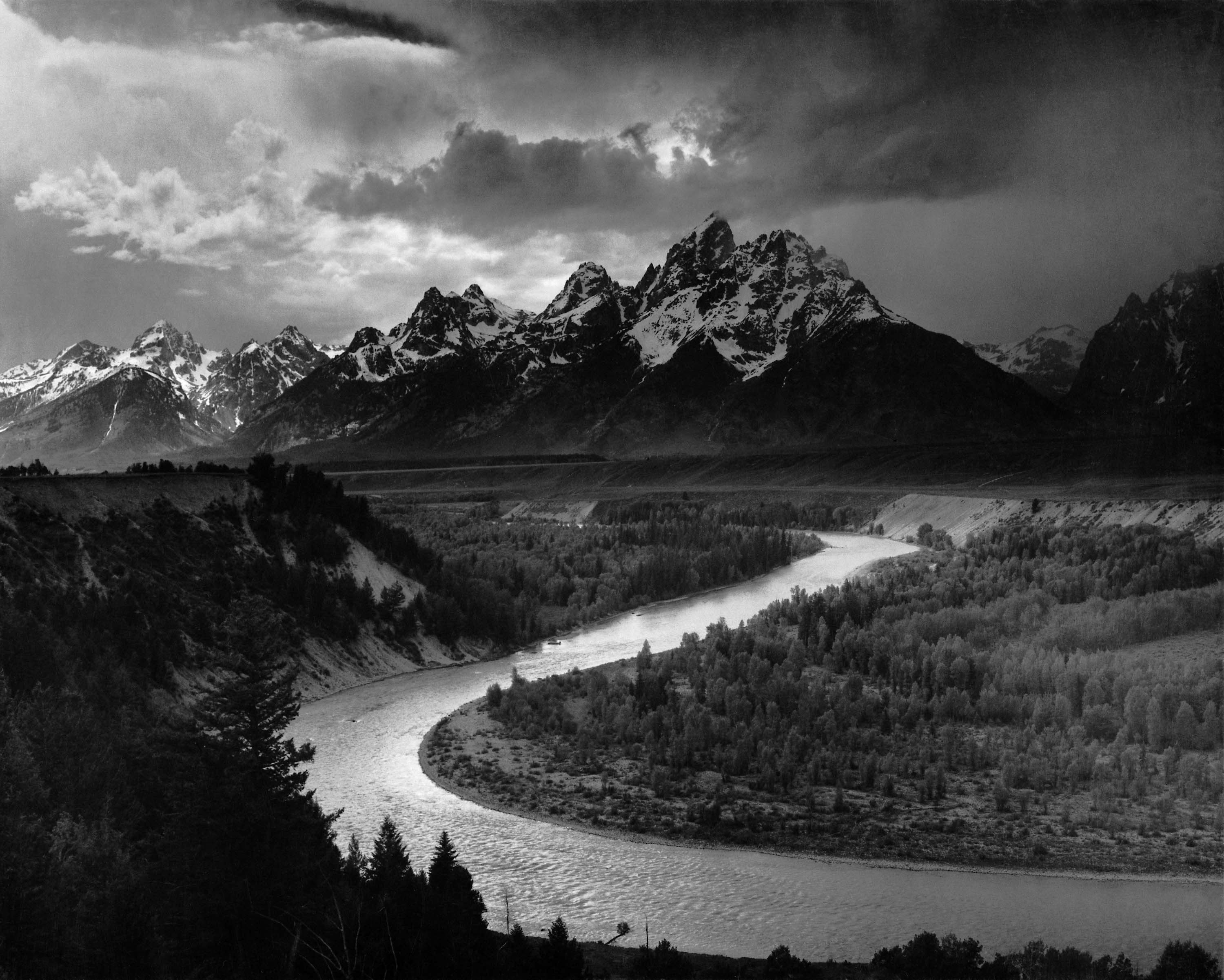Humans vs Cameras:
Simultaneously, the human eye can detect and process a larger range of light than any camera could at a single exposure. Longer/shorter exposures and the combination of multiple frames can bring cameras, and the images they produce, up to the similar complexity of the human eye and in some cases, can even have an advantage over human eyesight.
Definition:
Bracketing is the process of photographing a group of the same image, changing a single setting (such as exposure) for each shot. This can result in a range of images like the ones below

Why?:
This process can prove to be extremely useful in photography as the range of images provides the option to choose which exposure worked the best in the image or to even combine them together, creating a photograph with ‘high dynamic range’, otherwise known as HDR images that typically have a large tonal range.

How?:
(manually)
Exposure bracketing is typically carried out by adjusting the shutter speed of the camera, which in turn allows more or less light through the lens when taking the image. Manually, exposure bracketing is best achieved with the use of a tripod due to the risk of camera shake when using a slower shutter speed, which can result in blurry images. Tripod also make sure the camera’s view is static, preventing trouble later if you want to combine frames

HDR:
HDR can be done in using various software, such as Lightroom, Photoshop or other third-party software. A benefit of using HDR is that it’s a fast process, allowing for the completion of bulk work at a fast rate. It also involves the technique of ‘tone mapping’, which allows you to control the range of shadows and highlights. Landscape photographers often rely on and benefit from HDR. However, if HDR is done incorrectly it can result in images that look harsh with garish colours. The finished product may also be lower quality than images produced through compositing.

Compositing:
Compositing produces images that are much more realistic, high quality and provides more control over the range of tones within the image. A downside is that it’s extremely time consuming and requires a basic understanding of layers and layer masks.

















